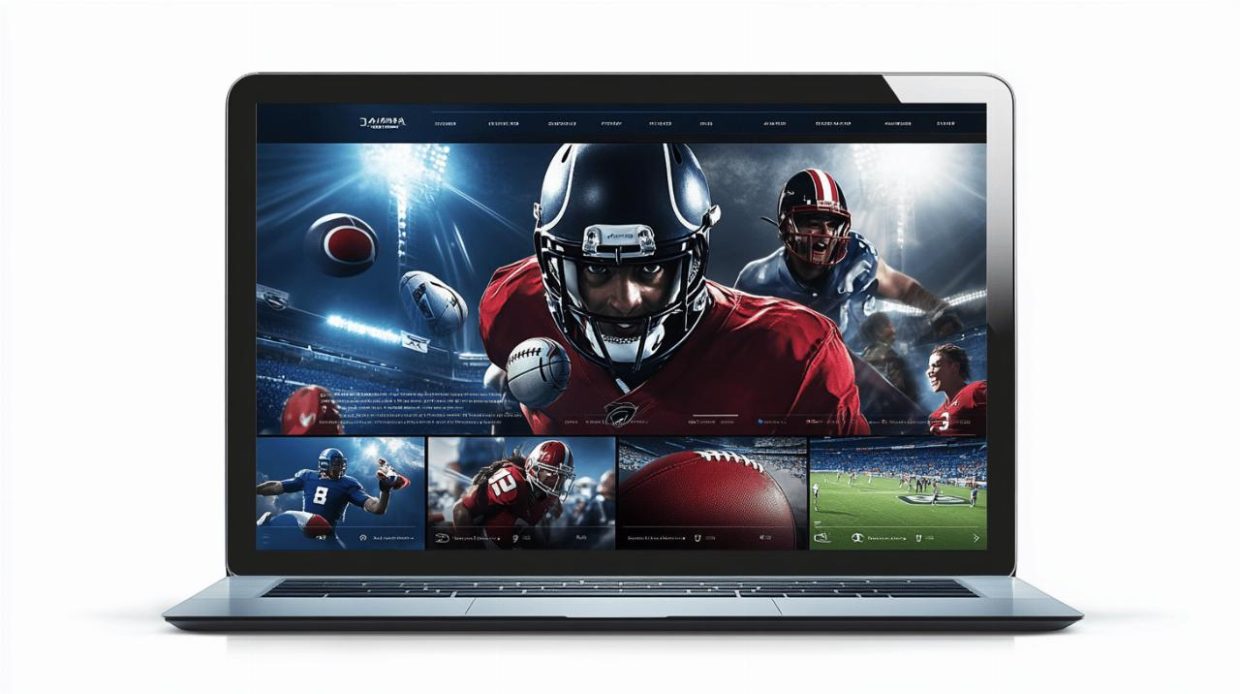Effective website navigation serves as the backbone of digital engagement, guiding visitors through your content and services while minimizing friction points. When properly implemented, strategic navigation elements can dramatically increase time spent on site, reduce bounce rates, and ultimately drive conversions that matter to your business goals.
Key elements of user-friendly navigation
Crafting intuitive website navigation requires balancing simplicity with functionality. Studies suggest limiting top-level navigation to 4-7 items creates optimal user experiences, preventing the cognitive overload that comes with too many choices. Strategic navigation directly impacts SEO performance, user trust, and overall conversion metrics.
Clear menu structures that guide users
Well-designed menu structures act as silent guides for website visitors. They should align with user expectations while highlighting your core business priorities. Many digital specialists at Passport Marketing recommend tying navigation directly to business objectives, incorporating strategic calls-to-action, and using concise labels that instantly communicate value. The most effective menus utilize visual hierarchy, strategic ordering of links, and consistent design patterns that users recognize across the web.
Mobile-responsive navigation designs
With nearly 55% of global internet users browsing on mobile devices, responsive navigation design has shifted from luxury to necessity. Mobile-friendly menus adapt seamlessly across screen sizes while maintaining usability and accessibility. Hamburger menus, sticky navigation bars, and touch-friendly targets represent just a few techniques that enhance the mobile experience. Smart implementation of these mobile navigation patterns can boost conversions by up to 15% according to case studies from leading digital marketing firms.
Measuring navigation success
Effective website navigation is a cornerstone of digital engagement, directly influencing how users interact with your site and ultimately affecting conversion rates. A well-designed navigation system not only guides visitors through your digital property but also supports your overall marketing strategy. When evaluating the effectiveness of your navigation, specific metrics and testing methodologies provide actionable insights.
Website navigation should align with business priorities while incorporating strategic CTAs. The ideal navigation menu contains 7-8 options maximum, with clear category divisions and intuitive naming conventions. Mobile responsiveness is non-negotiable, considering that approximately 55% of global internet browsing occurs on mobile devices.
Bounce rate analysis and navigation correlation
Bounce rate serves as a crucial indicator of navigation effectiveness. When users land on your site and quickly leave without exploring other pages, it often signals navigation friction. Digital Marketing Services that analyze this metric can identify problematic navigation patterns requiring attention.
Analytics platforms reveal how navigation design impacts user behavior. High bounce rates on specific landing pages may indicate disconnects between expected content and actual navigation options. By examining the correlation between bounce rates and navigation elements, SEO Services providers can implement targeted improvements.
User journey mapping exposes navigation pain points. Analytics reveal which paths users take through your site and where they abandon their journeys. Navigation optimization should focus on streamlining these pathways, particularly for critical conversion pages. One case study showed that improving visual hierarchy in mobile menus boosted conversions by 15%.
Site search usage also correlates with navigation effectiveness. Users who utilize site search convert approximately twice as often as those who don’t, suggesting that accessible search functionality serves as a navigation safety net. Website Development specialists should prioritize implementing robust search capabilities alongside traditional navigation elements.
User testing methods for navigation optimization
Heat mapping tools provide visual representations of user interaction with navigation elements. By tracking where users click, scroll, and focus attention, UX specialists can identify navigation components that attract engagement versus those that go unnoticed. Creative Design teams can then prioritize modifications based on actual user behavior rather than assumptions.
A/B testing offers quantifiable data about navigation performance. By creating variations of navigation systems and measuring their respective performance, marketing teams can make evidence-based decisions. This approach is particularly valuable when implementing E-commerce Solutions, where navigation directly impacts purchase journeys.
Usability testing with real users yields qualitative insights about navigation clarity. Observing how users interact with your navigation in controlled settings reveals confusion points and opportunities for improvement. Common issues include unclear labeling, excessive options, and inconsistent placement across device types.
Navigation audit schedules should be established to maintain optimization. Experts recommend reviewing navigation every 6-12 months, with particular attention to Mobile Responsiveness as device preferences evolve. Navigation testing should include various device types to ensure Conversion Rate Optimization across all platforms.
Customer feedback systems complement quantitative data by capturing subjective experiences with navigation. User Experience professionals can implement feedback mechanisms specifically addressing navigation satisfaction, creating a continuous improvement loop. This approach aligns with broader Customer Experience strategies by prioritizing user needs in navigation design.

